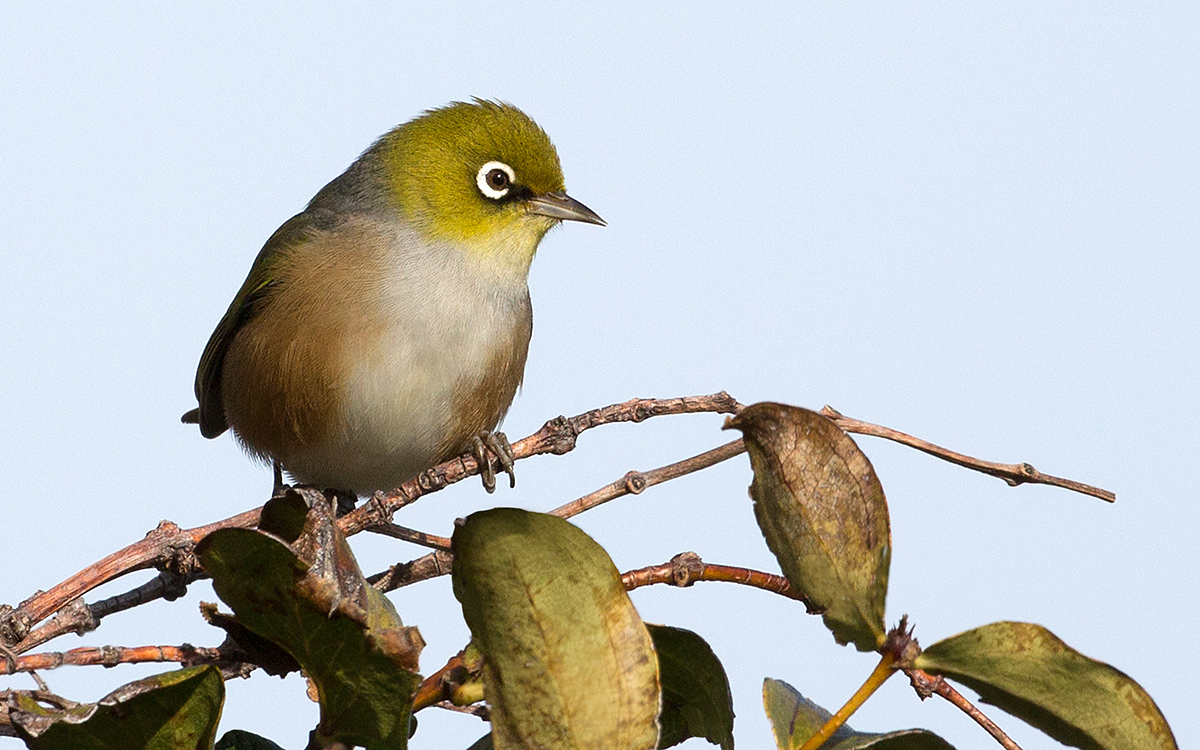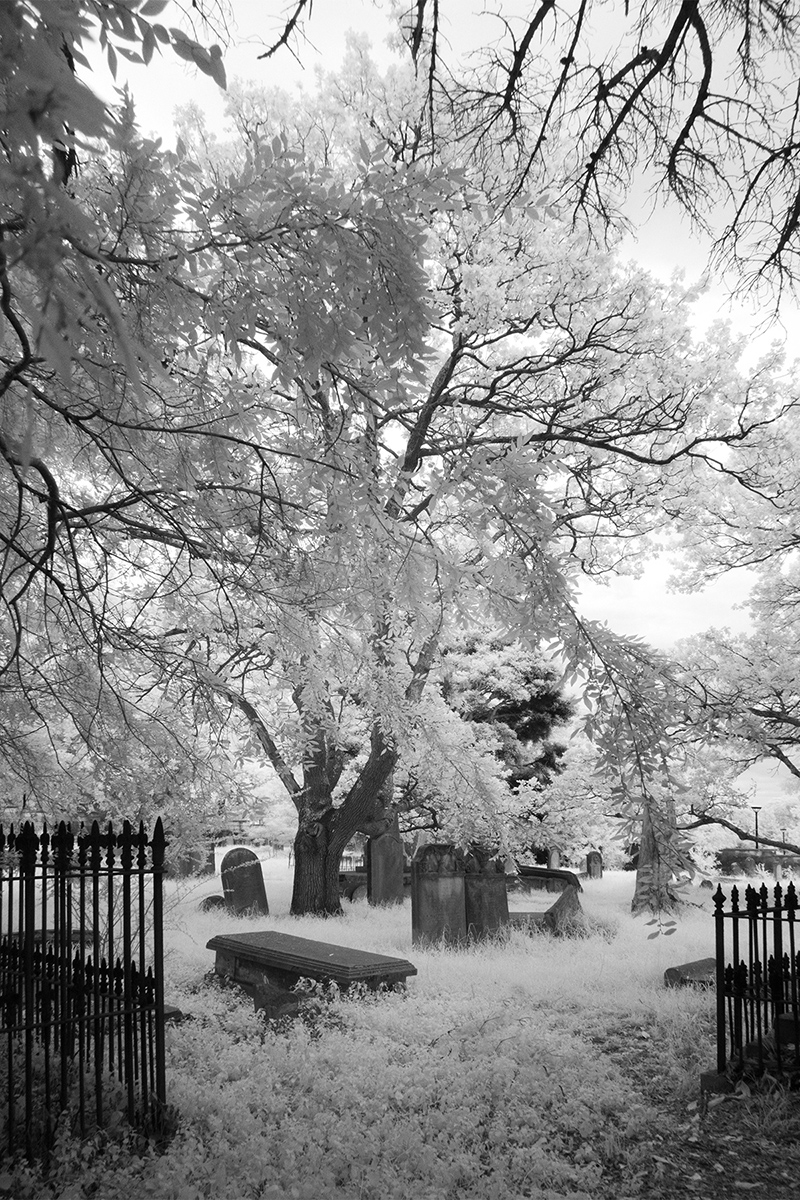Member Profile: Julie Murray, FBCA, RBI, FAIMBI, APP.L
Meet our newest BCA fellow Julie Murray - awarded at BIOCOMM 2023
Paint and paper . . . developers and darkrooms: these were the tools of my trade back in the 1970s when I began my career. No computers. No Adobe. Jobs were timeconsuming and tedious, and a mistake was a mistake. There was no easy editing at the press of a button – complicated projects often had to be repeated from scratch!
In this member profile we highlight our most recent BCA fellow Julie Murray. We hope you enjoy her story.
Photography was my chosen vocation after years studying graphic arts – a difficult area to break into. Fortunately I received my chance as a medical photographer in a major Sydney (NSW) Hospital with one of Australia’s heading medical photographers, Reginald Money. During my career I have partnered with senior executives from the corporate, government and not-for-profit sectors including health, education, research, foundations/charities and major corporations. Working within these diverse environments I have led and delivered successful end to end campaigns including branding, supportive communications and promotional materials. As the Director of a major business unit within the NSW Health system I was responsible for delivery of photography, illustration, video, design and print services to six world class health care facilities and a number of leading research and tertiary education institutions. In addition to servicing internal customers I was responsible for sourcing new business and identifying revenue streams.
During my career I have managed all levels of art direction, design and photography including:
- Major branding campaigns involving development of corporate logos, by-lines and style guides
- Development of promotional material for special events and major fundraising campaigns
- Development of communication materials including annual reports, corporate magazines, reference books, brochures and posters
- Web visual design and electronic branding
- Clinical photography including research, education and supportive photography for medico legal claims, research publications, presentations and grant applications
- Public Relations photography including the creation of multi media libraries and corporate archives
Unfortunately in 2012 my life and career changed after a staircase accident at work. I was left with impaired mobility and chronic pain. In late 2013 my hospital role concluded and I set about running my own design and photography business from home. After 34 years in the field I now had to adapt to working for myself. It was time to prospect for clients, apply my career skills and deliver the results with a work force of just one. The first thing I learnt about working from home was the importance of time-management. It is sometimes difficult to ignore everyday distractions that are close at hand. One must prioritise work commitments and focus on completing projects within a realistic time frame. This was important for me as I needed, and still need, to set aside additional time to attend ongoing rehabilitation therapy.
 I am lucky as unusual projects frequently come my way. Everything from real estate branding and advertising to setting children’s picture books. My current long term project is a 400+ page historical reference book titled: ‘The Doers’. This hard bound, coffee table style book looks at Sydney’s surgical history. This has involved sourcing and compiling historical images as well as additional photography and artwork plus setting the entire book to protocol.
I am lucky as unusual projects frequently come my way. Everything from real estate branding and advertising to setting children’s picture books. My current long term project is a 400+ page historical reference book titled: ‘The Doers’. This hard bound, coffee table style book looks at Sydney’s surgical history. This has involved sourcing and compiling historical images as well as additional photography and artwork plus setting the entire book to protocol.
Whilst working for myself over the last 5 years I have learnt some important work ethics and procedures. Always remember your client has employed you, not the other way around. You may not always agree with their approach and design philosophy but always give their input consideration. When some of the client’s design inputs require modification, approach this change of direction tactfully with your client and assure them the end result will be worth the alteration. Gain their trust, whilst being assertive in a collaborative way. More often than not, your client will agree to go with your professional opinion.
When working from your workplace, be it at the office or at home, it is critical to always keep a timeline and priority list for projects. Break your workload into smaller bites. A huge project can seem overwhelming if looked at as a whole.
Maintain ongoing correspondence with your client. Don’t wait until the project is complete before sending work to your client. Give them progress reports. The client needs to be reassured the job is always moving forward. This also has the added benefit of making sure you don’t stray from the original brief.
When quoting your project, always include a ‘clause’ to cover additional input outside the original brief. Often a project comes with unforeseen extras.
Never delete drafts until the project is complete, many clients return to your original design or photographic concept.
Keep those ‘sign-off’ emails!!!
For design and photography I use an Apple computer with Adobe Creative Suite. I love my Canon camera gear but now it can be very difficult to carry all the equipment. It helps to hire young photographers to assist on projects. This is beneficial to both parties. This gives me the freedom to art direct and provide the junior photographer with additional work experience. In fact, when going solo, I often shoot with a more compact Sony Alpha incorporating Zeiss lenses.
I enjoy mentoring young or upcoming photographers and artists and I regularly review portfolios with the Australian Institute of Medical & Biological Illustration (AIMBI) Registration and Education Program and judge portfolios online with the Accreditation Program for Australian Institute of Professional Photography (AIPP), providing constructive advice along the way.
Photographically, I enjoy shooting for pleasure outside in the fresh air. Tripods are a nightmare for someone on a walking stick, so through necessity I have altered many of my past photographic techniques. Where I would normally move closer to the subject and maybe crouch down I now use long lenses. I have recently purchased the new Canon 100-400mm EF lens, the speed of this lens is amazing. This gave me the opportunity to capture the small Silvereye (Zosterops lateralis) in situ whilst on a recent visit to Queenstown, New Zealand.

 I also love to shoot with my compact camera and my infrared camera. When I was out on a job shooting a gravesite for my latest book, having my infrared camera on hand made a rather standard shot into something very special! I often carry these in a portable bag with my Joby GorillaPod Flexible Mini-Tripod. I never know when I may come across a hidden gem such as funghi, Amanita muscaria and the small flowering Medinilla.
I also love to shoot with my compact camera and my infrared camera. When I was out on a job shooting a gravesite for my latest book, having my infrared camera on hand made a rather standard shot into something very special! I often carry these in a portable bag with my Joby GorillaPod Flexible Mini-Tripod. I never know when I may come across a hidden gem such as funghi, Amanita muscaria and the small flowering Medinilla.
Hobby-wise, I collect sea glass pieces from my local beach and turn them into larger works of art such as contemporary bowls, lampshades and statues using ‘lead-lighting techniques’. It should be noted, I also always make time to see my children and grandchildren - this is very important to me.
For any photographers/illustrators interested in a career in biomedical/life sciences my advice would be to study. Always continue to educate yourself. Learn all the techniques you can. You may think you will never use particular procedures but you will be surprised: the biomedical sciences have a mischievous habit of throwing photographers and artists curve balls. Keep up with the latest style trends and techniques. This way you and your craft will always remain relevant. There is always a job out there for someone who is ‘in touch’.
Join organisations such as BCA. These are great for professional networking - meet your peers and learn from them. During my career I have been involved with various organisations related to my field such as the AIMBI: conferences (recently ‘Convergence’, a joint AIMBI/IPT/BCA conference). I have held positions within AIMBI: State and National President, State and National Secretary, National Council Member, Registration and Education Board. I am also involved with the Australian Institute of Professional Photography (AIPP) and The Institute of Photographic Technology (IPT) and am a long term member of BCA Australian Chapter.
My other involvements included co-convening the 3rd World Congress of Medical and Biological Imaging, (Australian) editor of Biocommunications 2005-2008 and the Nominating Committee for the Lennart Nilsson Scientific Photography Award (Sweden).
The lesson here is, share your time and knowledge with like minded professionals. Mixing in these circles is not only educational but stimulating and inspiring. Enthusiasm is contagious. And don’t be afraid to take on extra responsibility. Acting as president or treasurer of an organisation, chairing meetings and organising conferences are invaluable experiences. Such achievements are character building, personally rewarding and add substance to you CV.
You can reach Julie at julie@jamgraphics.com.au.
Julie received the honour of BCA fellowship in Santa Fe, New Mexico at BIOCOMM 2023
